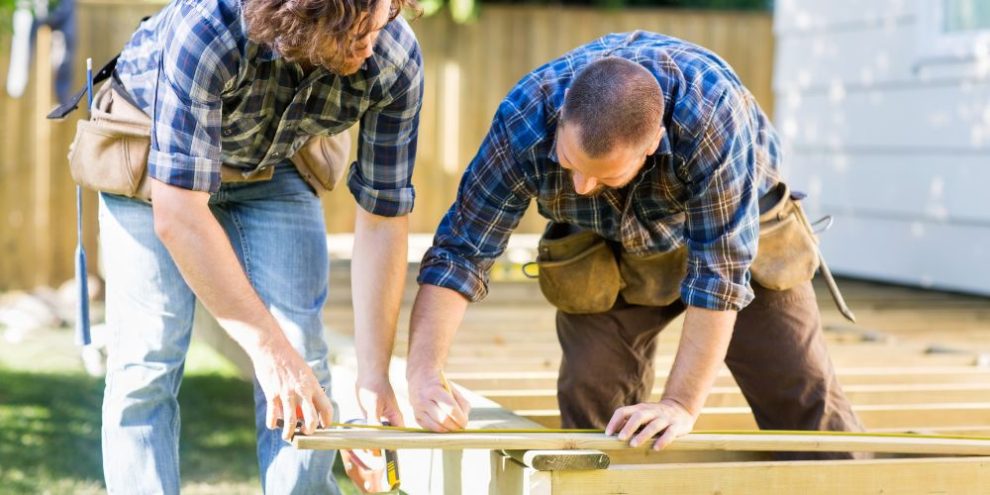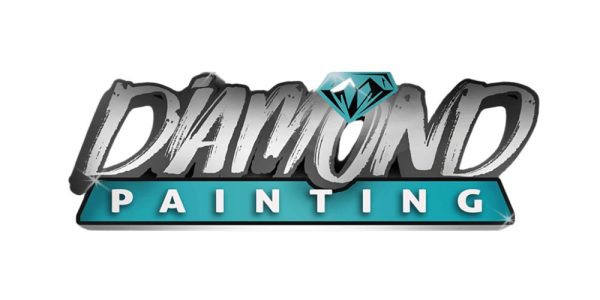
This Barrie 360 content is brought to you by United Lumber Home Hardware
Building a deck is a great way to extend your living space and enjoy the outdoors. But before you start hammering away, there are several important factors to consider to ensure your deck is safe, functional, and meets local building codes.
To help you get started, here are 9 things to think about before you build your deck …
1. Find Out If You Need A Permit To Build Your Deck
Before you start work on your deck, find out whether you will need a permit. This is an important step, even if you are replacing or upgrading an existing deck. Generally, you need a permit if your deck is:
- Attached to your house,
- Over 23” above grade,
- Over 109 square feet, or
- Adjacent to a door.
But each municipality has slightly different rules, so be sure to check with your local building department.
2. Know Who's Designing Your Deck
In most cases, you can design and build your own deck. However, this will require you to fill out an additional form – Schedule 1: Designer(s) Information Form. This form lets you take responsibility for the design of a deck that will be constructed on your property.
If you hire an engineer or certified designer, they will generally take responsibility for the design of the deck. In these situations, Schedule 1 is not required, so long as the drawings are stamped.
3. Make Sure Your Materials Are Certified
When purchasing deck-building products, such as Composite Decking and Aluminum or Glass Railing Systems, make sure they meet the requirements of the Ontario Building Code (OBC).
If they do meet the code, the retailer will be able to provide you with the certification and engineering documents. If they can’t, don’t buy the product. Your building department will require you to provide the documents if you’re building the deck on a building permit.
RELATED: 9 creative deck ideas to enhance your outdoor space …
4. Prioritize Functionality
When designing your deck, the first thing you need to think about is how you’re going to use it. This will give you a clearer idea of where to start your design. For example, if you’re building an elevated deck and plan on entertaining, you’ll likely have lots of up-and-down traffic. To make your deck design more functional, think about making the stairs wide enough for two people to pass.
When it comes to furniture, appliances, and decor, consider where everything will go while making sure you have enough room to move around comfortably. If there isn’t enough space you may want to consider cutting back on the deck accessories or enlarging the deck.
You also want to consider functionality when choosing materials to build your deck with. Glass railings are a perfect example. Glass railings look fantastic but if you have small children or dogs, you’ll be cleaning them constantly. This is also the case if you have sappy trees, such as Maple, Walnut, or Birch, adjacent to your deck.
If the view from your deck does not warrant a glass railing you might want to consider a picket railing in these cases. There are plenty of beautiful options and many railing brands have matching gate kits you can install if you want to control the movement of children and pets.
5. Think About Privacy
Your deck is an extension of your home where you go to relax, entertain guests and enjoy the outdoors. But just because you are outside doesn’t mean you want to be exposed to prying eyes.
When building your deck, think about whether or not privacy is important to you. Do you want to create separation between you and your neighbours? Are you on a busy road that has lots of passersby?
If privacy is important to you and you have a permit, you’ll want to plan ahead. You can’t just throw a fence on one end because you wish you had. Just like with railings and other decking material, the fence will have to come with OBC certification in order for it to be accepted by your local building department.
6. Don’t Forget To Think About Weight
If your deck will be home to a BBQ and patio furniture, then special engineering likely won’t be needed. However, there are some instances where it’s necessary. One of the most common is the installation of a hot tub.
Hot tubs are a relaxing way to use your outdoor space. But if you’re planning on putting a hot tub on your deck you will need special engineering. A 6-person hot tub full of water can weigh up to 4500 pounds. Add you and your friends to the equation and you can imagine the stress it puts on the deck frame.
It would be equivalent to parking a pickup truck on your deck!
If you’re installing a hot tub (or pool), consider putting it on pavers or a concrete slab with access from your deck. Alternatively, you can build your deck around it so that you have to step down into it.
If you absolutely must have your hot tub on your deck, you can build a platform that is independent of the deck framing that will support your hot tub at deck level, so long as it’s not more than 4 feet off the ground. However, you’ll want to seek the advice of a professional before proceeding.
Another situation where special engineering is needed is if you want to put a roof over your deck. Not only does the deck need to support the roof structure, but it will also have to carry the snow load in winter months, which can be substantial in our neck of the woods.
7. Think About What’s Under Your Deck
For multi-level homes or homes with walk-out basements, raised second-story decks are a popular choice. If this is the route you’re taking, you might want to think of creating a dry space under the deck.
There are many proprietary systems for rainproofing the space under decks but they tend to be very pricey. The good news is, there are alternatives to these proprietary systems that are just as functional, less expensive, and easy to install. This can include using fiberglass or polycarbonate panels and more.
8. Build Your Deck With The Right Materials
Composite is a popular material for building decks. It’s a mix of recycled plastic, recycled wood, and other fibers.
The main problem with composite is that it gets hot in full sun, which can be a problem if you like to go barefoot on the deck. Some brands claim that their decking stays cooler than the competitors. Although this may be true to some extent, your bare feet will not know the difference between a surface temperature of 120 degrees and 140 degrees!
Consider how many hours of full sun your deck surface will be exposed to during the summer months. If your deck is going to be exposed to full sun for a long period of time, then choose a light-coloured PVC product that is all plastic. Popular brands in Canada include AZEK or TruNorth Clubhouse, which is Canadian-made. PVC is also the best option around pools, ponds, hot tubs, and anywhere else where the deck is going to be exposed to lots of water and potentially harsh chemicals.
Light-coloured mineral fiber-based boards, such as the Deckorators Voyage series (pictured above), are also a great alternative to composite as they will also stay cooler when exposed to full sun.
If these decking options aren’t within your budget, or you just prefer the look and warmth of wood, the new generation of pressure-treated deck boards is a great option. Unlike previous pressure-treated lumber, they don’t contain any toxic chemicals. They’re also a warm sienna brown color, which is much more pleasing to the eye than the old green-tinted boards.
9. Pay Attention To Pricing
When shopping for decking always ask for the square foot price of the decking including the installation fasteners.
Most retailers will advertise a per-foot price. This is the price for one linear foot of deck board and is not an effective way to compare pricing.
A square foot price is approximately 2 times the per foot price. In addition, fasteners can drive that price up by as much as $2.50 per square foot. So, decking that’s advertised at $4.99 per foot will cost approximately $10.00 per square foot plus $2.50 per square foot for the required fasteners. You are now looking at $12.50 per square foot for your decking.
By getting all of your quotes as a cost per square foot including the fasteners, you’ll be able to better compare the cost of your options and budget accordingly.
A deck is a big investment, which means you want to do it right the first time. Educating yourself on deck construction and what’s involved is a huge first step. This may include online research, reaching out to a knowledgeable retailer, talking to your local building office, or working with reputable and experienced contractors.
Taking the time to do this will ensure you enjoy your deck for many years to come.
RELATED: Ideas, tips & inspiration for your next home renovation or DIY project ...













